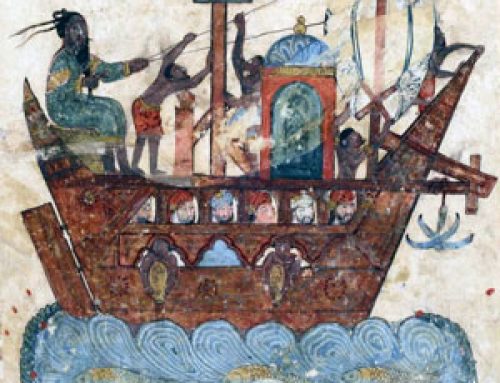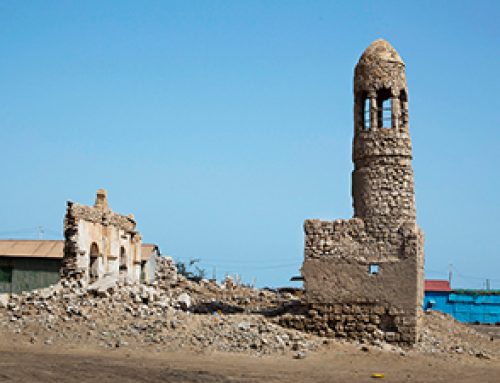
History of donkeys: A donkey
Donkeys come from Africa
People probably first thought of donkeys as food, and hunted them. But by around 4000 BC people in Nubia (now northern Sudan) tamed donkeys and begun to use them to carry things from one place to another (This is about the same time as people tamed horses in Central Asia).
History of horses
More about ancient Sudan
All our Africa articles

History of donkeys: Donkeys in Old Kingdom Egypt (ca. 2500 BC)
Donkeys reach Asia
People may have tamed donkeys because Africa was getting warmer, and they had to change the way they lived in order to deal with that. Donkeys made trade easier, and Nubians began to trade more with Egypt. By about 3000 BC, West Asian people also used donkeys for trade, and soon after that donkeys reached India too. But donkeys didn’t spread to South Africa, probably because they caught diseases there from zebras and it killed them.
The Stone Age in India
People also used donkeys to ride on, and to plow fields in lighter soils (for heavier soils, donkeys are not strong enough, and you have to use cattle).
Plows and plowing

History of donkeys: a bronze charm in the shape of a mule (China, Han Dynasty, ca. 100 BC)
Donkeys reach the Mediterranean
The Mediterranean and West Asia are excellent places for donkeys, which are like horses but smaller. Donkeys quickly became very popular in West Asia and all around the Mediterranean.
West Asian economy
Donkeys reach West Africa
About 400 AD, when camel caravans started to cross the Sahara from North Africa to West Africa, they brought donkeys with them to West Africa. People used donkeys mainly to carry loads for trading, and probably trading in West Africa became much faster and more important once traders had donkeys.
Islamic camel caravans
Medieval West Africa
Donkeys are strong, so they can carry heavy loads, but they are small so they don’t need as much to eat as cattle or horses do.They don’t have to stand still to digest their food, the way cattle do. And donkeys have good digestion. They’re not as delicate as horses, and they can eat practically anything.

Feeding a donkey in Constantinople, 500s AD
What is a mule?
A mule is the baby of a boy donkey and a girl horse; they’re bigger and stronger than donkeys, but easier to take care of than horses. Mules were popular all across Europe, Africa, and Asia, but they can’t have their own babies.

Vasudeva begs the donkey (Hosaholalu, southern India, 1200s AD)
Donkeys in India and China
Throughout the time of the Persian Empire and the Roman Empire, through the Middle Ages and beyond, donkeys were very common all over Africa, Europe, and Asia (but not in South Africa).
In this carving from a Hindu temple in medieval India, the donkey is about to bray to announce the birth of Krishna. But Vasudeva, who is sneaking Krishna to safety in a basket, begs the donkey to be quiet so he won’t wake up the prison guards (compare this story to the birth of Jesus).
More about Hinduism
Learn by doing: go see a donkey in the zoo or at a state fair
More about horses
Bibliography and further reading about donkeys:
Wonders of Donkeys, by Sigmund Lavine and Vincent Scuro (1979). Easy reading.
The Definitive Donkey, by Betsy Hutchins (1999). All about donkeys, including how to train them.
Horse Power: A History of the Horse and the Donkey in Human Societies, by Juliet Clutton-Brock (1992).
Why the Donkey Did Not Go South: Disease as a Constraint on the Spread of Equus asinus into Southern Africa, by Peter Mitchell



